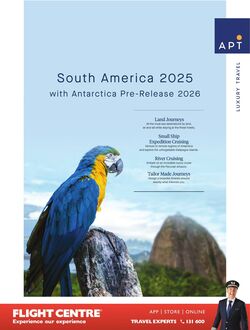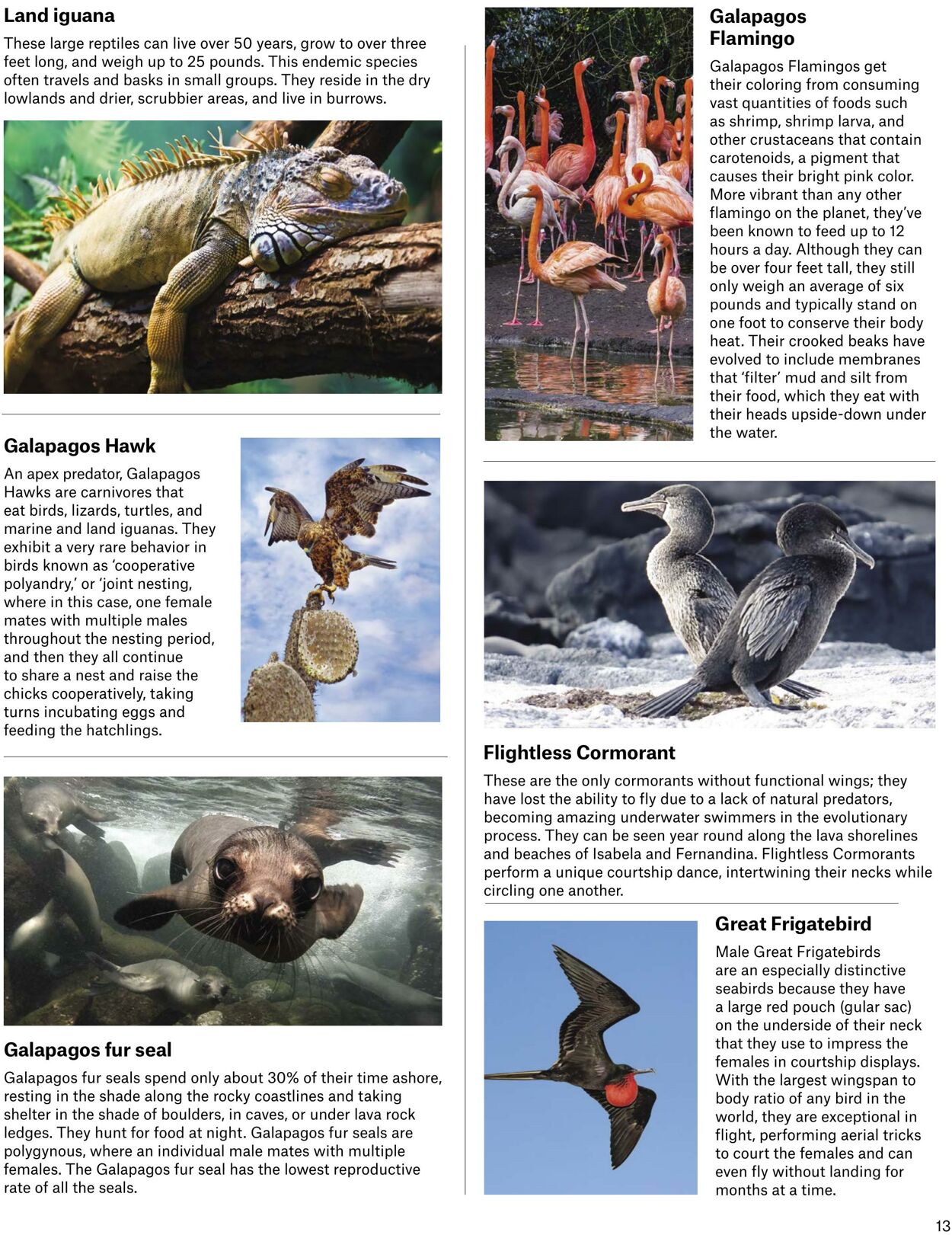













Products in this catalogue
Land iguana These large reptiles can live over 50 years, grow to over three feet long, and weigh up to 25 pounds. This endemic species often travels and basks in small groups. They reside in the dry lowlands and drier, scrubbier areas, and live in burrows. Galapagos Hawk An apex predator, Galapagos Hawks are carnivores that eat birds, lizards, turtles, and marine and land iguanas. They exhibit a very rare behavior in birds known as ‘cooperative polyandry,’ or ‘joint nesting, where in this case, one female mates with multiple males throughout the nesting period, and then they all continue to share a nest and raise the chicks cooperatively, taking turns incubating eggs and feeding the hatchlings. Galapagos fur seal Galapagos fur seals spend only about 30% of their time ashore, resting in the shade along the rocky coastlines and taking shelter in the shade of boulders, in caves, or under lava rock ledges. They hunt for food at night. Galapagos fur seals are polygynous, where an individual male mates with multiple females. The Galapagos fur seal has the lowest reproductive rate of all the seals. Galapagos Flamingo Galapagos Flamingos get their coloring from consuming vast quantities of foods such as shrimp, shrimp larva, and other crustaceans that contain carotenoids, a pigment that causes their bright pink color. More vibrant than any other flamingo on the planet, they've been known to feed up to 12 hours a day. Although they can be over four feet tall, they still only weigh an average of six pounds and typically stand on one foot to conserve their body heat. Their crooked beaks have evolved to include membranes that ‘filter’ mud and silt from their food, which they eat with their heads upside-down under the water. Flightless Cormorant These are the only cormorants without functional wings; they have lost the ability to fly due to a lack of natural predators, becoming amazing underwater swimmers in the evolutionary process. They can be seen year round along the lava shorelines and beaches of Isabela and Fernandina. Flightless Cormorants perform a unique courtship dance, intertwining their necks while circling one another. Great Frigatebird Male Great Frigatebirds are an especially distinctive seabirds because they have a large red pouch (gular sac) on the underside of their neck that they use to impress the females in courtship displays. With the largest wingspan to body ratio of any bird in the world, they are exceptional in flight, performing aerial tricks to court the females and can even fly without landing for months at a time.
| Name | Details |
|---|